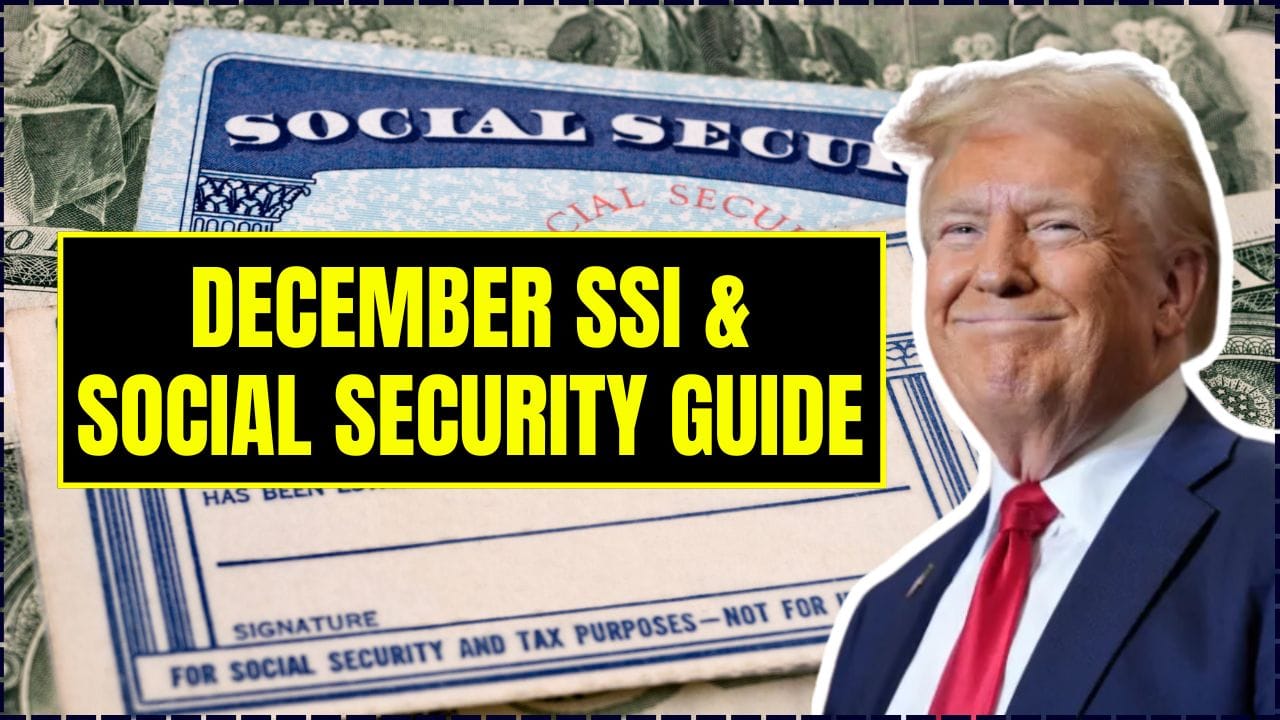For skilled professionals across the globe dreaming of a life and career in Australia, understanding the financial requirements is a crucial first step. As part of its commitment to a fair and robust economy, Australia is updating its Australia Skilled Migration Income Requirements 2025. From July 1, 2025, new minimum salary thresholds will apply to several key employer-sponsored visas. This change might seem daunting, but with the right information and preparation, your Australian dream remains well within reach. This guide is designed to walk you through everything you need to know, offering clarity, actionable advice, and the encouragement to take your next confident step.

Australia Skilled Migration Income Requirements 2025
| Income Threshold | Previous Amount (AUD) | New Amount (from July 1, 2025) | Primarily Affects Visas |
| TSMIT & CSIT | $73,150 | $76,515 | Subclass 482, 186, 494, 187 |
| SSIT | $135,000 | $141,210 | Subclass 482 (Specialist Skills) |
Understanding the Alphabet Soup: TSMIT, CSIT, and SSIT Explained
Navigating Australian immigration can sometimes feel like learning a new language. Let’s demystify these key acronyms, as they are central to the new Australia Skilled Migration Income Requirements 2025.
- TSMIT (Temporary Skilled Migration Income Threshold): This is the foundational salary benchmark for many skilled visas. It ensures that sponsored overseas workers are paid a fair wage that aligns with the Australian market, preventing the undercutting of local jobs. From July 1, 2025, the TSMIT will rise to $76,515. This increase is based on a 4.6% indexation tied to Australia’s Average Weekly Ordinary Time Earnings (AWOTE).
- CSIT (Core Skills Income Threshold): Introduced as part of Australia’s revamped migration strategy, the CSIT aligns directly with the TSMIT. It applies to the ‘Core Skills’ stream of the new Skills in Demand (subclass 482) visa and the popular Employer Nomination Scheme (subclass 186) visa. The new CSIT will also be $76,515.
- SSIT (Specialist Skills Income Threshold): This threshold is for highly specialized and high-earning professionals applying under the ‘Specialist Skills’ stream of the subclass 482 visa.It targets top talent in niche fields. This threshold will increase from $135,000 to $141,210.
An important rule to remember is the concept of the Annual Market Salary Rate (AMSR). Your sponsoring employer must prove that the salary they are offering you is at least the new income threshold or the AMSR for your specific role and location, whichever is higher. This is a critical integrity measure to ensure fairness for both migrant and local workers.
Which Visas Are Impacted by the New Thresholds?
The July 1, 2025, changes will directly affect new nomination applications for the following key employer-sponsored visas:
- Skills in Demand (Subclass 482) Visa: This visa, which has replaced the former TSS visa, is a cornerstone of Australia’s skilled migration program.
- The Core Skills stream will be subject to the new $76,515 CSIT.
- The Specialist Skills stream will be subject to the new $141,210 SSIT.
- Employer Nomination Scheme (Subclass 186) Visa: A popular pathway to permanent residency, this visa will also need to meet the new $76,515 CSIT for new nominations.
- Skilled Employer Sponsored Regional (Subclass 494) Visa: For those looking to work in regional Australia, nominations will need to meet the new $76,515 TSMIT.
- Regional Sponsored Migration Scheme (Subclass 187) Visa: While largely replaced, this visa’s remaining streams will also be subject to the updated TSMIT where applicable.
In my experience advising aspiring migrants, one of the most common points of confusion is whether changes like these apply retroactively. The good news is they do not. If your employer lodges your nomination before July 1, 2025, your application will be assessed against the current, lower thresholds.

A Strategic Approach: How to Prepare for the New Requirements
This announcement isn’t a roadblock; it’s a road sign telling you what’s ahead. With foresight and strategic planning, you can navigate this change smoothly.
1. Open a Dialogue with Your Employer
If you are in discussions with a potential sponsoring employer, now is the time to bring up these changes. Ensure any forthcoming job offer meets or exceeds the new skilled visa income threshold of $76,515 (or $141,210 for specialist roles). This demonstrates your proactive nature and understanding of the immigration landscape.
2. Benchmark Your Salary
Research the Annual Market Salary Rate (AMSR) for your occupation in your intended Australian city or region. Websites like Seek, Indeed, and the Australian government’s Job Outlook can provide valuable data. This knowledge is power, both for your visa application and for your salary negotiations.
3. Consider Early Lodgement
If you and your employer are ready, and your offered salary falls between the old and new thresholds, it may be advantageous to lodge your nomination before the July 1, 2025 deadline. This requires swift and coordinated action. I’ve seen many successful applicants secure their position by being organised and acting decisively when dates are announced.
4. Focus on High-Value Skills
The direction of Australia’s migration strategy is clear: it prioritizes skilled professionals who can make a significant contribution to the economy. Use this as motivation to upskill, gain certifications, and highlight the unique value you bring to an employer. The higher income thresholds naturally favour those in high-demand fields such as tech, healthcare, engineering, and renewable energy.
The Australian Department of Home Affairs regularly provides updates on migration policy. Here is a recent post regarding their overall strategy:
The “Why” Behind the Change: A Fairer System for All
This annual indexation is a core component of the Australian government’s broader Migration Strategy. The primary goals are to:
- Protect Migrant Workers: By ensuring salaries keep pace with national wage growth, the system helps protect skilled migrants from exploitation and ensures they have adequate income to thrive in Australia.
- Safeguard the Local Labour Market: It guarantees that hiring skilled migrants does not create an unfair competitive advantage by undercutting local wages.
- Attract Top Talent: By setting a high bar, Australia signals that it is seeking genuinely skilled, experienced, and well-compensated professionals to fill critical workforce gaps.
Your Australian Future Awaits
Change is a constant in any migration system, but it should not be a deterrent. The increase in Australia’s Skilled Migration Income Requirements for 2025 is a sign of a strengthening and evolving program designed for long-term success—for both the country and the skilled individuals who choose to call it home.
By understanding the new thresholds, communicating effectively with your employer, and preparing strategically, you position yourself for a successful application. Australia continues to seek the best and brightest from around the world, and with these clear guidelines, your path to joining its vibrant professional community is well-defined.

Australia Work Visa Eligible Skill Shortage Jobs in High Demand in June 2025
Navigating Your UK Visa Journey: Insights from May/June 2025 Data
FAQ
Q1: Do these changes affect my current skilled visa?
No. The new income thresholds will not affect existing visa holders. They only apply to new nomination applications lodged on or after July 1, 2025.
Q2: What if my salary is below the new TSMIT but above the market rate for my job?
For the specified visas, the salary must be the higher of the TSMIT/CSIT/SSIT and the Annual Market Salary Rate (AMSR).18 Therefore, even if the market rate is lower, the salary offered must meet the new, higher income threshold.
Q3: Does the income threshold include superannuation?
No. The income thresholds are for guaranteed annual earnings and do not include superannuation or non-monetary benefits like a car or accommodation.
Q4: Is it possible the income requirements will increase again?
Yes. The Australian government has committed to indexing the TSMIT and its associated thresholds annually to align with wage growth.19 You should anticipate regular yearly adjustments.










